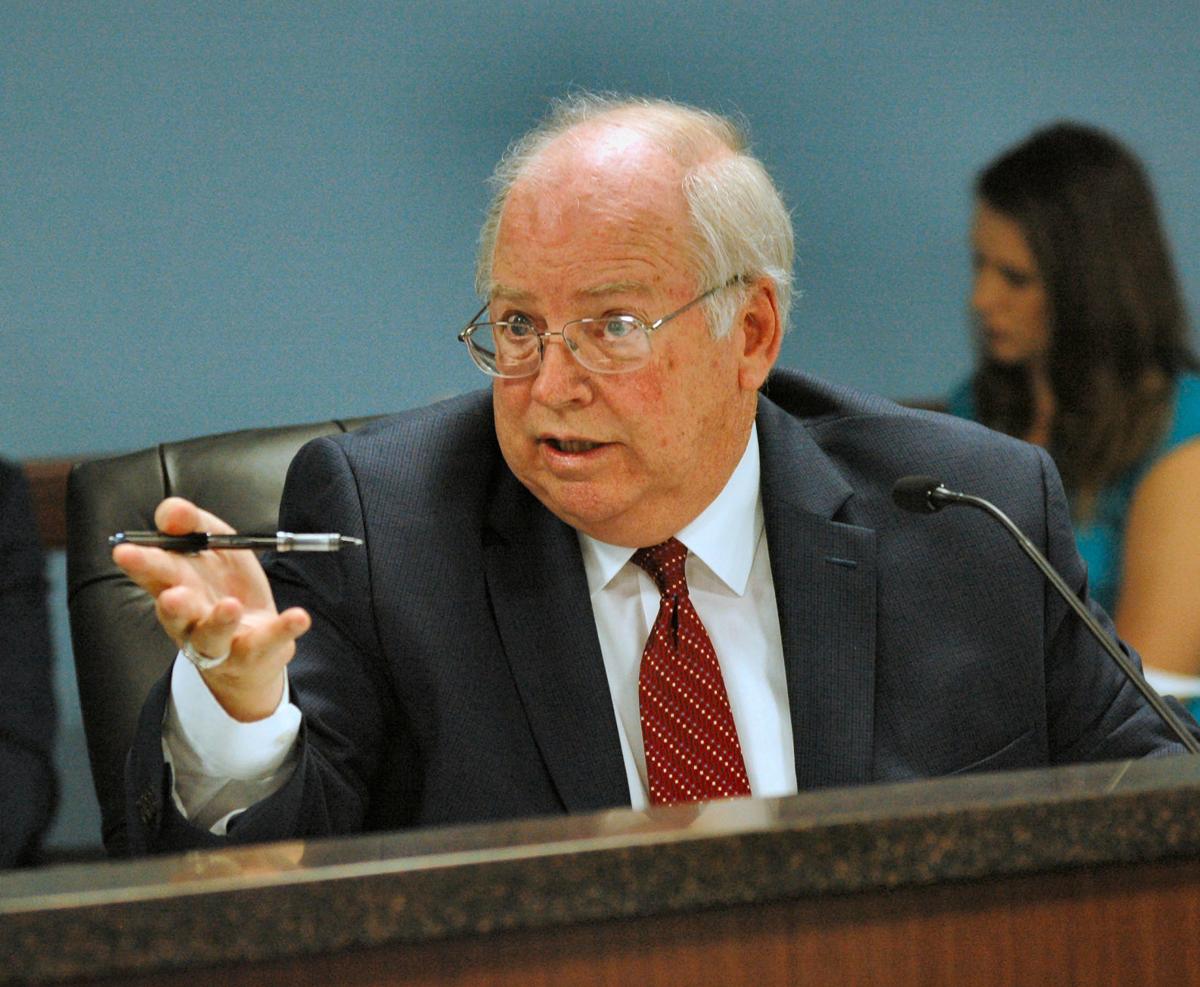PHOENIX — With a renewable energy initiative ready to be filed next week, a state utility regulator is filing his own proposal, one that electric companies are likely to find more attractive.
Andy Tobin wants the Arizona Corporation Commission on which he serves to require that 80 percent of electricity generated in the state come from “renewable” sources by 2050. Tobin said while his plan is just a starting point, he sees no reason to believe that goal cannot be met.
Tobin told Capitol Media Services on Monday that his plan has nothing to do with the initiative drive being pushed by California billionaire Tom Steyer and the group Clean Energy for a Healthy Arizona.
Tobin pointed out that drafts of his Arizona Energy Modernization Plan were being circulated for more than a year before Steyer’s group started gathering signatures in February for that ballot measure.
But Tobin is set to file his plan with fellow commissioners on July 5, which also happens to be the deadline for initiative organizers to turn in petitions calling for voters to approve a 50 percent renewable requirement by 2030.
And how people might choose to vote on the Steyer plan in November could depend on what, if anything, state utility regulators enact on their own.
Arizona Public Service, the state’s largest producer of electricity, already is spending money to quash the initiative, and not just because 2030 is a lot sooner than 2050 to reach a renewables goal.
It is also a question of definition: Tobin’s proposal counts nuclear energy as “renewable”; the initiative does not.
And APS, part-owner of the largest nuclear generation plant in the country, fears that if the initiative is approved it will be stuck with an expensive but useless facility.
Joe Salkowski, spokesman for Tucson Electric Power and UniSource, neither of which have interests in nuclear plants, said his companies have not taken a position on the initiative. But he said they prefer the idea of having energy policy adopted by utility regulators rather than through a popular vote.
Tobin, while not taking sides on the initiative, said he understands the concerns being cited by APS.
But he said his proposal is not based on any question of being supportive or opposed to nuclear power.
“I concentrated on what’s harming the quality of our air,” he said, specifically meaning things like coal-fired power plants.
Backers of the Steyer initiative say they also are focused on air quality, and not just the pollutants from power plants. Barbara Burk- holder, who handles legislative matters for the Arizona Asthma Coalition, has said carbon dioxide pumped into the atmosphere creates a greenhouse effect, raising temperatures that can convert ground-level pollutants into ozone, a major lung irritant.
Initiative campaign consultant Bill Scheel has said nuclear power should not be considered “clean” energy, saying uranium mining around the Grand Canyon and the Navajo Reservation has contributed to high rates of cancer in some of those communities.
Tobin is looking at pollution from another perspective.
He wants to push the burning of biomass in controlled generating facilities. It’s not just because wood collected from forest-thinning projects is a renewable resource.
“I’m sick of these forest fires,” Tobin said, referring to blazes that get out of control because of overgrowth. He contends that promoting biomass means cleaner forests — and fewer, or at least smaller, blazes.
He said that’s part of the reason for a big push now. “If I miss this opportunity, I miss another fire season,” he said. “I can’t wait to 2019.”
Tobin’s plan also has a requirement for energy storage, which is crucial if the state is to become more dependent on solar and wind-generated power, which, by their nature, are less reliable.
He said that’s particularly important for homeowners who have rooftop solar units that generate enough power for midday use but leave them dependent on power companies and the grid when the sun goes down.
Other elements include promoting electric vehicles through charging stations in new homes and along roads, promoting greater energy efficiency, and a requirement to review the plan every four years.
Tobin said he would be pushing his proposal to deal with energy availability and where to generate it even if the Steyer initiative did not exist.
“I think this commission has long since failed to produce a plan,” he said. The current requirement for utilities to produce 15 percent of their power from renewable sources such as solar, wind, thermal and biomass by 2025 dates back to 2006.
APS reports it currently generates about 12 percent of its energy from renewable sources, which includes not just utility-owned plants but the amount of power being generated by customers through rooftop solar. For Tucson Electric Power, the figure is 13 percent.





